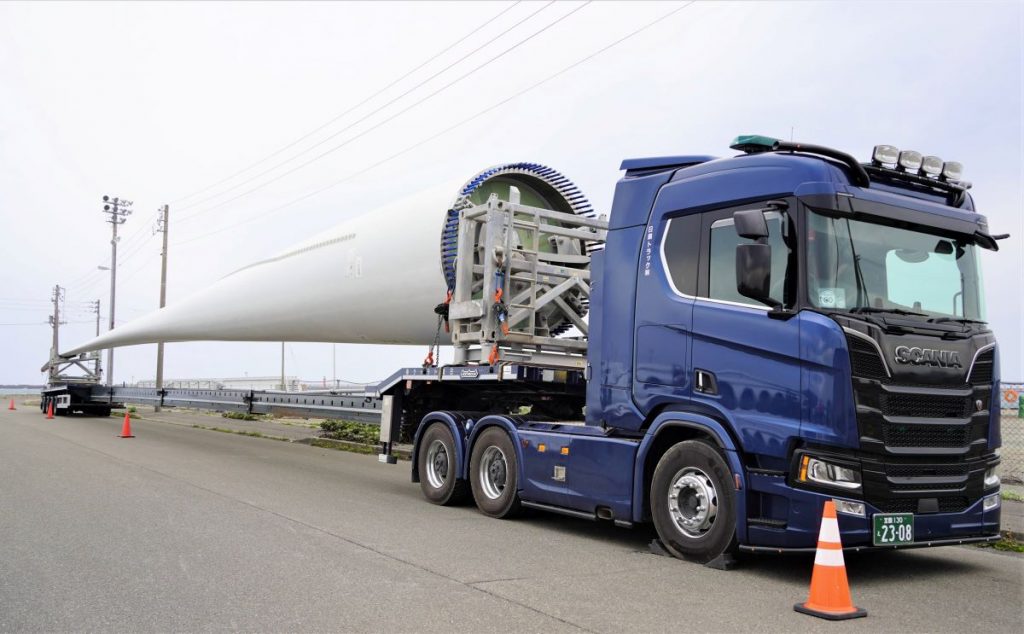
A wind turbine generating deep bass sounds as it rotates, May 22, 2024, at Ashikawa Wind Farm, Wakkanai, Hokkaido. (©Sankei by Takahiro Sakamoto)
Read the full story on Japan 2 Earth - Hokkaido's Wind Power Dilemma: Balancing Energy Needs with Environmental Impacts
Japan's northernmost regions, like Wakkanai City in Hokkaido, have seen a surge in onshore wind power in recent years. This growth is partially driven by increasing electricity demand arising from the rapid spread of generative AI and the expansion of data centers. Another factor is the area's excellent wind conditions, considered the best in the country.

In late May 2024, a ceremony was held to commemorate the completion of two large wind farms. The facilities form part of the Dohoku Wind Power Project funded by Japan's largest wind power company, Eurus Energy Holdings Corporation. I took advantage of this event to visit the area and report on its wind farms.
172 Turbines in One City
In Toyotomi Town, adjacent to Wakkanai City, the north section of the Ashikawa Wind Farm (WF) began commercial operation in January 2024. Sixteen turbines, each 142 meters high including the blades, line the area's hills, generating 68,800 KW of electricity.
Continue reading the full story on Japan 2 Earth to read more about how the rise of wind power impacts wildlife and people in Northern Hokkaido.
And find more great articles on the environment and the challenges of achieving the SDGs on our affiliated website Japan 2 Earth (J2E), sparking a transition to a sustainable future.
RELATED:
- Endangered Eastern Marsh Harrier Under Threat from Wind Power Expansion in Hokkaido
- Typhoon-Proof Wind Power Supports Access to Energy in Developing Countries
- In the Face of Opposition, Wind Power Moves Offshore
(Read the article in Japanese.)
Author: Takahiro Sakamoto








